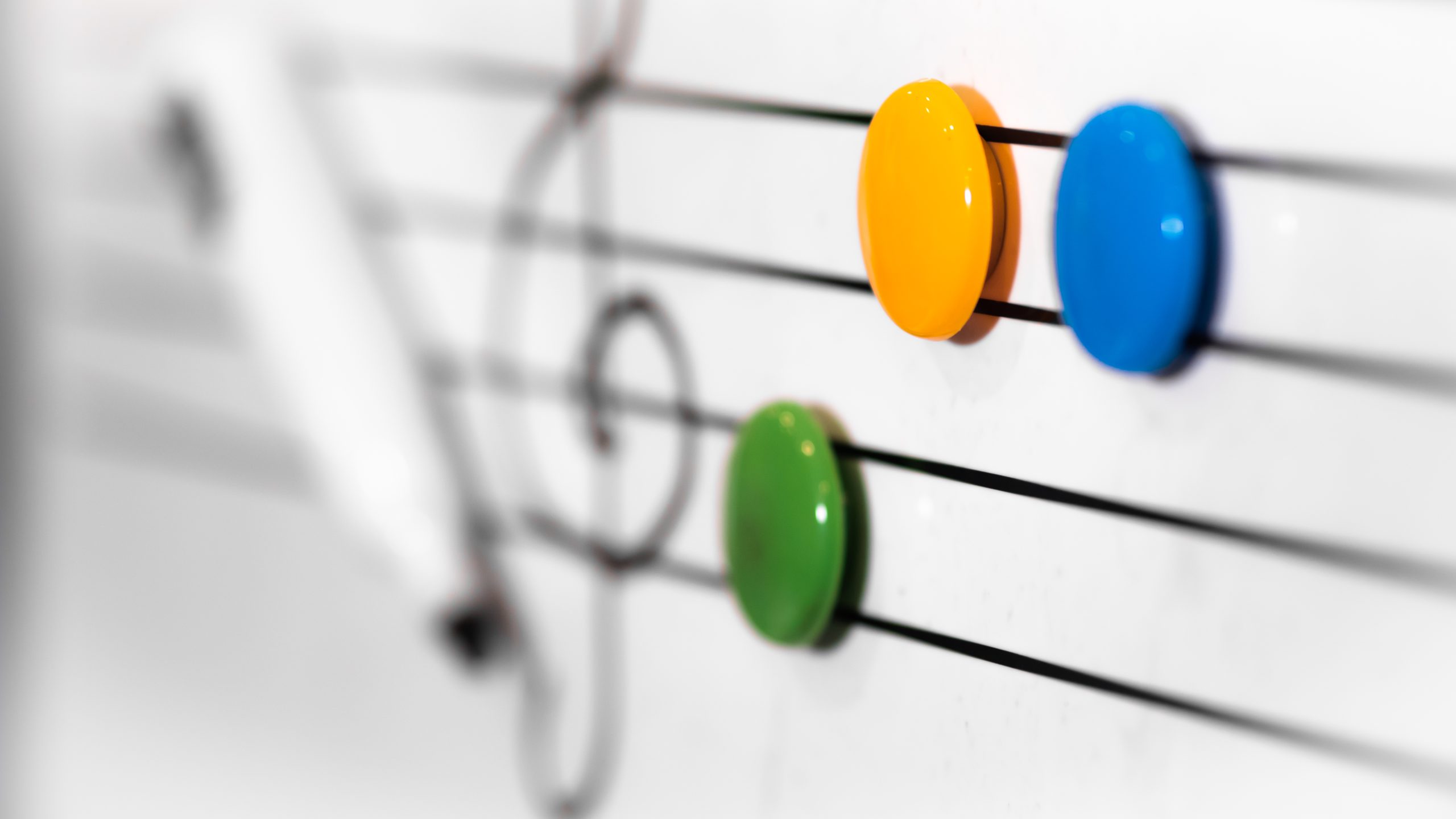Special thanks to the Janet Tschida, chair of the NCKP 2023: The Piano Conference Young Musicians: Birth to Age 9 committee for this post.

Why is working with young musicians important for pianists today?
The Young Musicians Track’s theme of “Learning Music from the Inside Out” endeavors to support teachers aspiring to implement an aural/experiential approach as the pathway to literacy for young musicians. Many of the musical and technical challenges young students face during lessons can most effectively be addressed by engaging in research-based activities such as singing, chanting, moving, and improvisatory activities. These practical strategies for training the ear and body, although associated with teaching young children, are applicable and effective at every level.
What is something you wish every pianist knew about young musicians?
The Young Musicians Track’s theme of “Learning Music from the Inside Out” involves a whole-body experience “music is conceived by our brains, played through our bodies, perceived through our sensory organs, and then interpreted by our brains” (Trainor, 2008). Thus, an “inside out” approach builds a critical foundation for musical thinking. Research indicates that our brains develop more and faster during the first five years than at any other time in life. Thus, an “inside out” approach to learning music at this age is crucial for what can be accomplished musically later in life. For example, when a pianist owns a variety of musical ideas before playing them (whether read or improvised), effective self-assessment ensues, leading to efficient improvement in musicality and technique.
What are three tips you would give a pianist interested in your teaching young musicians?
Three tips for teachers interested in the Young Musician’s Track theme of “Learning Music from the Inside Out:”
- As we endeavor to build a toolkit of strategies for implementing an “inside out” approach, we want to maintain an open mind to new ideas from a variety of approaches such as Dalcroze, Music Learning Theory, Feierabend’s Conversational Solfege, Kodaly, Orff, Laban Movement, etc.
- Being willing to experiment with our own voice and body and actively participate in the learning process will help us grow as musicians and teachers.
- Changing the focus from “making pianists into musicians” to “helping musicians become pianists” will more effectively guide us as we facilitate music learning activities for our students.
What makes your track at NCKP 2023 special? Why should people attend?
Early Childhood Music and Movement is a research-based field, and NCKP may be ground-breaking among music conferences in its support for networking skilled piano teachers with early childhood music experts. What a unique opportunity! Many teachers feel uncomfortable teaching young children, but our Young Musicians Track can help them build skills and confidence for facilitating music learning from the “inside out” beginning at birth! Furthermore, the practical strategies for training the ear and body, although associated with teaching young children, are applicable and effective at every level.
What are you most excited for at NCKP 2023?
Our Young Musicians Committee is so excited to connect and network in person this year! Developing a network of professional connections will provide valuable support as we prepare for another year of growing young musicians. We highly applaud the 2023 NCKP staff for planning an absolutely amazing conference consisting of diverse topics and experts, and we can’t wait to learn and revitalize ourselves as teachers and musicians.

Interested in learning more about teaching young musicians? Attend NCKP 2023: The Piano Conference! View the NCKP 2023 schedules to explore all Young Musicians: Birth to Age 9 track sessions: online and in-person. Register before May 1, 2023 for early bird pricing.
QUICK LINKS FOR NCKP 2023: THE PIANO CONFErENCE
- REGISTER: Register for the conference. Full, online-only, student, and single-day registrations available!
- HOTEL INFO: Click here for room rates, reservation deadline, and more.
- SCHEDULES: View the NCKP 2023 In-Person Conference and Online Event schedules.
- Visit NCKP2023.com for more info.
OTHER RESOURCES YOU MIGHT ENJOY
- PIANO MAGAZINE: Positive Recitals for Young Students: Setting the Stage for Success by Diane Briscoe
- WEBINAR: Recalibrating Our Teaching to Accommodate Young Musicians’ Psychological Needs with Gary McPherson
- PIANO MAGAZINE: Effectively Teaching Young Students: Q&A with Sara Ernst
- COURSES: Developing Musical Skills in Young Pianists: Ideas from Music Learning Theory (from The Beginner Course)
- WEBINAR: Young Pianists Power-Up: Building Knowledge and Skill through Warm-ups with Sara Ernst
- Use our search feature to discover more!